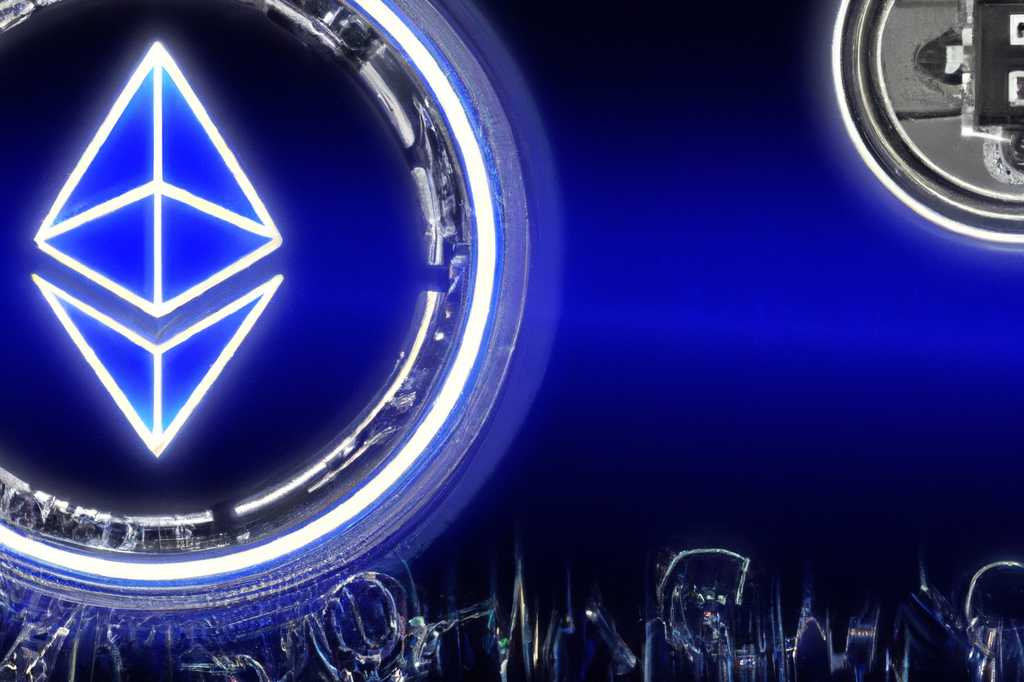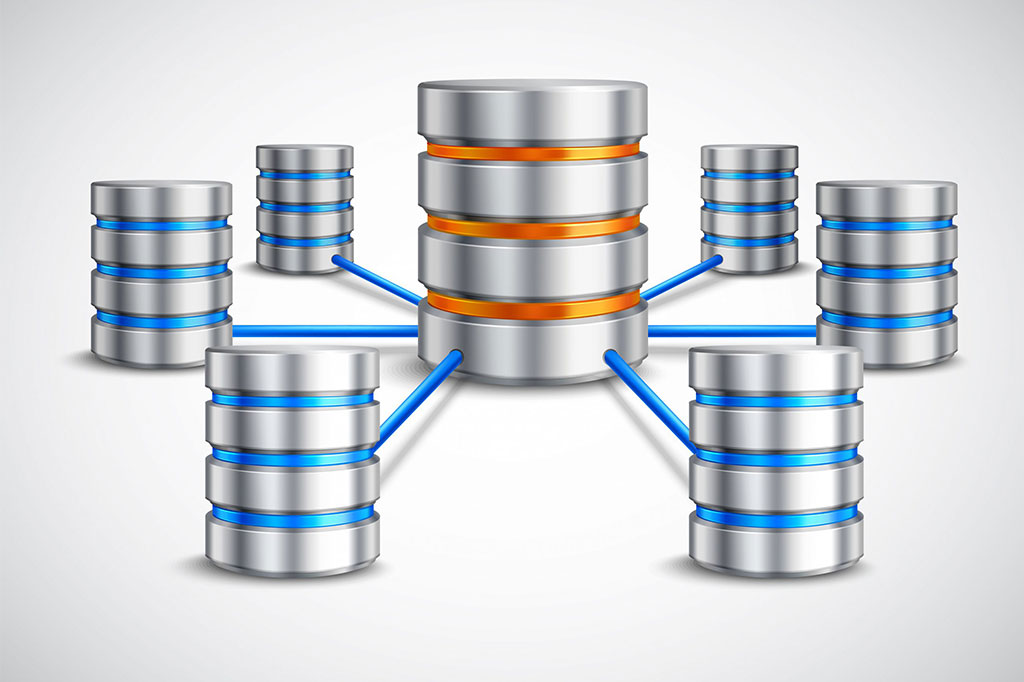
Introduction: In the field of artificial intelligence (AI), different approaches and levels of capability have been developed. Two common terms used to describe these approaches are “Strong AI” and “Weak AI”. These classifications refer to the capabilities and scope of artificial intelligence in relation to human abilities.
Weak AI
Weak AI, also known as narrow AI or specialized AI, refers to artificial intelligence systems designed to perform specific and limited tasks. These systems are programmed to fulfill a particular function and do not have the ability to adapt beyond their specific domain. For example, customer service chatbots, virtual assistants, and voice recognition algorithms are examples of Weak AI. These applications are highly specialized and can perform specific tasks with precision but lack a generalized understanding of the world.
Key characteristics of Weak AI:
- Specialization: Weak AI systems are designed to address specific and limited tasks.
- Lack of awareness: They lack an understanding beyond the scope for which they were programmed.
- Limited adaptability: They cannot generalize their knowledge or learn new tasks without significant reprogramming.
- Data dependency: They require large amounts of data to function properly.
- Examples of applications: Chatbots, voice recognition, recommendation systems, among others.
Strong AI
Strong AI, also known as General Artificial Intelligence (GAI), refers to artificial intelligence systems with a level of capability that resembles or surpasses human intelligence in multiple areas. These systems have the ability to understand, reason, and learn in a similar way to humans, enabling them to tackle a wide range of tasks and adapt to different contexts. Strong AI is still a developing goal and has not been fully achieved.
Key characteristics of Strong AI:
- Generalization: They can apply knowledge and skills in different domains and contexts.
- Adaptability: They have the ability to learn new tasks and improve their performance with experience.
- Advanced reasoning: They can understand and solve complex problems using logic, abstract reasoning, and common sense.
- Awareness: They have a broader understanding of the world and the ability to interact more naturally with humans.
- Examples of applications: Although Strong AI has not been fully achieved yet, it is expected to have applications in areas such as medicine, advanced robotics, strategic decision-making, and scientific research.
Weak AI and Strong AI represent different levels of capability in artificial intelligence. While Weak AI specializes in specific and limited tasks, Strong AI aims to achieve or surpass human intelligence in multiple areas. While Weak AI has current practical applications, Strong AI is still in development and poses significant technical and ethical challenges. As research and innovation continue in the field of artificial intelligence, it is essential to understand the differences between these two approaches and their potential impact on our society.





